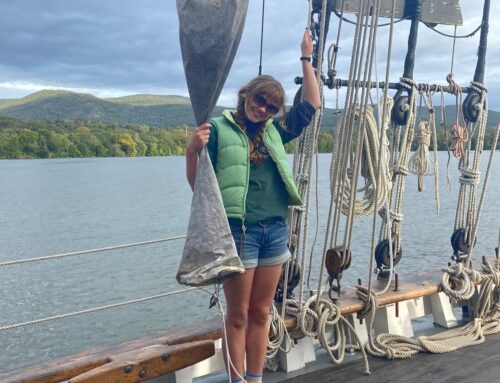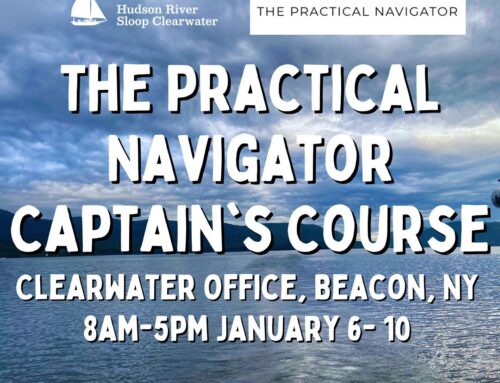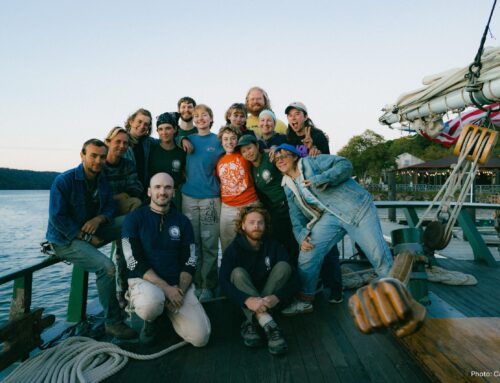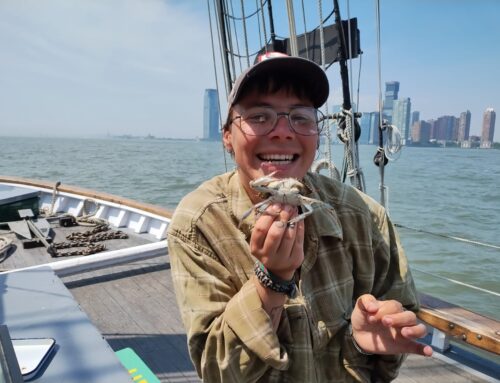Environmental Groups Comment on Hudson River
PCB Dredging Project
Peer Review Panel’s Draft Recommendations
Capital Region/Hudson Valley – August 19, 2010 – Leading environmental organizations today commented on the draft recommendations of an independent review panel evaluating Phase 1 of the Hudson River PCB dredging project, mandated by the U.S. Environmental Protection Agency (EPA). The panel’s detailed technical report was released in draft form on August 16.
Clearwater, the Natural Resources Defense Council, Riverkeeper and Scenic Hudson—united in support of removing sediment contaminated with toxic chemicals, called polychlorinated biphenyls or PCBs, from the upper Hudson River—echoed the expert panel’s conclusion that Phase 2 of the cleanup can and should move forward on schedule, in spring 2011. The groups call on General Electric, the company responsible for dumping the PCBs into the river 40 years ago, to commit to resuming work next spring and to finishing the entire project, which is vital to making the Hudson River cleaner, healthier and more economically productive.
Statements from the environmental groups follow:
“It’s important to maintain momentum to the overall cleanup plan defined by EPA’s 2002 Record of Decision, which would remove the biggest sources of ongoing PCB pollution in the Hudson and return the river to a healthier state. We agree with the panel that, whatever adjustments may be needed in Phase 2, there is no basis to scale back the scope of cleanup, as GE has suggested,” said Ned Sullivan, President, Scenic Hudson.
“Phase 1 of dredging last year discovered much more contamination than expected, so the panel rightly concluded that GE and the EPA should take the time necessary to complete a good, thorough cleanup of the river, even if it takes longer than the five years originally anticipated. Arbitrary deadlines don’t make sense. We need an aggressive schedule that leverages the technological expertise of GE to do the best possible job when Phase 2 begins in April 2011 as planned,” said Rebecca Troutman, Senior Attorney, Riverkeeper.
“With the lessons learned from the first phase of dredging, it is clear that G.E. can successfully clean up its mess and finally return a healthy Hudson River to New York communities,” said Lawrence Levine, Senior Attorney at the Natural Resources Defense Council. “We learned from Phase 1 that there are more PCBs in the Hudson than we expected, and we can ensure Phase 2 will be a success by taking immediate steps like more accurately determining the depth of contamination on the river bottom. G.E. needs to step up its efforts for the next round – no one is better suited to the tackle this challenge than these leading world innovators.”
“Our coalition agrees with the Peer Review panel’s conclusion that there is absolutely no need to delay Phase 2 while developing a new computer ‘model’ to project the anticipated benefits of the cleanup. Many important and illuminating lessons already have been learned, and additional data gathered during Phase 2 can be used to adjust the project if needed,” said Manna Jo Greene, Environmental Director, Hudson River Sloop Clearwater.





